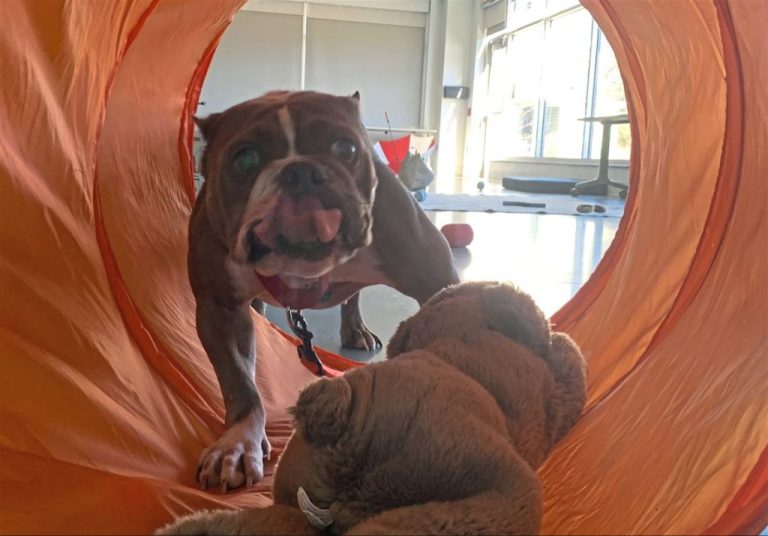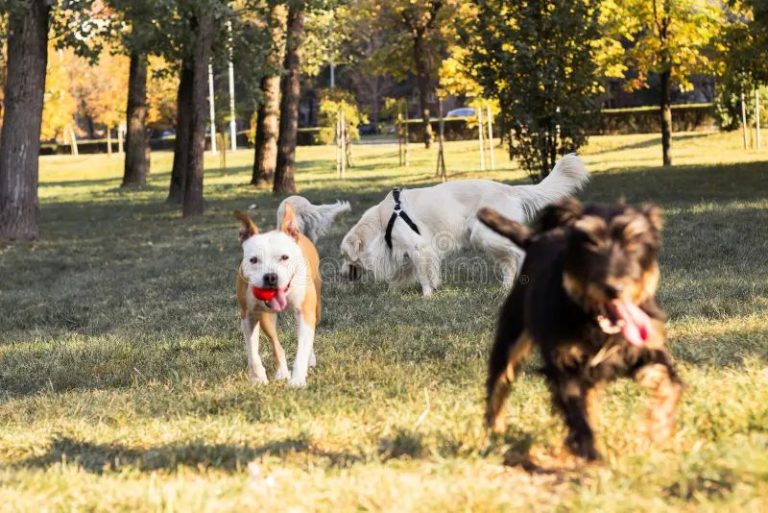Indoor Treasure Hunt: Fun On Rainy Days
When the weather turns rainy or stormy outside, many parents struggle to keep kids entertained indoors. According to statistics, indoor sports and recreation activities had over 110 million participants in the United States in 2017. With unpredictable weather, especially during the spring and summer months, having a list of fun indoor activities ready can be a lifesaver for families.
One classic rainy day activity that kids and parents both love is an indoor treasure hunt. Treasure hunts spark imagination, build problem-solving skills, and provide hours of excitement without ever stepping foot outdoors. With some planning and creativity, you can set up a treasure hunt that will result in lifelong memories.
What is an Indoor Treasure Hunt?
An indoor treasure hunt, also sometimes called a scavenger hunt, is a fun game typically played indoors where players search around a house or indoor area looking for hidden “treasure.” The treasures are often small items or clues that have been strategically hidden by one person, known as the game master. The treasures or clues lead players to the next hidden item in a chain. The goal is to be the first person or team to find the final treasure at the end.
According to Merriam-Webster, a treasure hunt involves “searching for something of value.” Indoor treasure hunts are a creative way to engage and entertain kids on rainy days when outdoor activities are limited.
Indoor scavenger hunts are very similar but focus more on collecting everyday items around a house rather than following clues. According to Dictionary.com, a scavenger hunt involves “accumulating common, humorous or unusual objects.” Both treasure hunts and scavenger hunts are exciting games for family fun.
Benefits
Indoor treasure hunts provide many benefits for both kids and families. Some of the key benefits include supporting cognitive development for kids, providing bonding time for families, and creating an opportunity for fun physical activity (Source).
For kids, indoor treasure hunts promote cognitive skills like problem-solving, critical thinking, and comprehension as they work to decipher clues and follow directions to find the “treasure” (Source). The experience helps strengthen their reading, math, and logic abilities in an engaging, play-based way. It’s an opportunity for learning through active participation rather than passive instruction.
Treasure hunts are also a fun way for families to spend quality time together. Parents get to bond with kids through friendly competition and teamwork to solve clues. Laughter fills the room as everyone searches high and low to uncover hidden treasures. The shared experience creates lasting memories and inside jokes families can cherish (Source).
Finally, indoor treasure hunts provide a means of physical activity and exercise that’s more fun than simply working out. Kids and parents alike get moving to search every nook and cranny as directed by the clues. It’s a playful way to get the blood pumping and bodies active, even on rainy days when outdoor options are limited.
Setting Up the Hunt
Setting up a fun indoor treasure hunt requires some preparation and supplies. First, gather paper, pens, envelopes or containers, and tape or glue to hide your clues and treasures around the house (Source 1, Source 2).

Next, decide where you want to hide each clue and prize. Good hiding spots include under chairs or tables, inside cabinets or drawers, behind doors, under beds or pillows, or taped on the back of picture frames. Get creative with your hiding places!
Write each clue on a slip of paper and put it inside an envelope or container. Number the clues in the order you want players to find them. Place the first clue somewhere easy to spot like on the kitchen table. Hide subsequent clues in more challenging spots that build on the previous clues.
Finally, hide the treasures! These can be small toys, candy, dollar store prizes, or anything else fun. Place the final treasure in the most obscure location once players have followed all the clues. Test out your hunt to ensure the set up makes sense before playing.
Clues and Riddles
Clues and riddles are an essential part of any indoor treasure hunt. They add an element of mystery and get players thinking creatively. You can make easy clues for young kids or craft complex riddles to really challenge adults. According to Teambuilding.com, riddles should make participants think outside the box. Rhyming clues are often popular and get people guessing.
Some examples of fun and challenging riddles include:
- “What gets wetter the more it dries?” (A towel)
- “What has hands but can’t clap?” (A clock)
- “What has a head and a tail but no body?” (A coin)
For very young kids, you can create more straightforward clues like “Find something that is soft” or “Look under the couch for the next clue.” As they get older, integrate more wordplay and complex riddles to keep them engaged. Adults tend to appreciate clues that involve puns, homonyms, rhymes, and lateral thinking. You can find inspiration online or get creative writing your own. The difficulty level is up to you!
Themes
Themes can make an indoor treasure hunt even more exciting and immersive for participants. Some popular indoor treasure hunt themes include:
Pirate theme with maps and gold coins – This classic treasure hunt theme works well indoors. Hide plastic gold coins around the house and make pirate-themed maps on parchment paper leading to the loot. Have participants wear eye patches for extra pirate flair.
Favorite books or movies – Pick a favorite book or movie and craft clues related to characters, scenes, quotes, etc. For a Harry Potter theme, hide wands and chocolate frogs around the house. Use Potter quotes in your clue texts.
Holidays – Holiday-themed hunts work for Christmas, Halloween, Valentine’s Day and more. For Christmas, have players hunt for small wrapped gifts around the house. For Halloween, hide candy in spooky spots and make clues with Halloween puns.
Treasures
The treasures you hide don’t need to be expensive. This indoor treasure hunt is all about having fun, not spending money. Small toys, candy, and notes with compliments make great treasures to discover. Legos, bouncy balls, stickers, and temporary tattoos are fun finds for kids of all ages. Chocolates, lollipops, gummies, and other small candies will satisfy those with a sweet tooth. Handwritten notes with phrases like “You’re awesome!” and “Great job finding this treasure!” are especially meaningful. Focus on hiding multiple small treasures rather than a few big-ticket items. The thrill is in the hunt itself.1
Safety Tips
An indoor treasure hunt should be a fun experience for all, so it’s important to keep safety in mind when hiding clues and treasures. According to this article, you should supervise young children at all times during the hunt to avoid potential hazards. Avoid hiding clues or treasures in dangerous, hard-to-reach spots like on top of tall furniture. As suggested by this guide, pay close attention to hidden dangers inside your home that children may encounter and avoid operating appliances during the hunt.
Final Tips
When planning your indoor treasure hunt, consider tailoring the clues and challenges to the ages of the players. Young children will need easier clues with hints, while older kids and adults can handle more complex riddles and puzzles. Encourage teamwork by having players work in small groups if possible. This allows kids of different ages to work together. End the hunt with a treasure “celebration” where players enjoy their prizes. This gives the hunt a fun, festive conclusion.
Some final tips for a memorable indoor treasure hunt include:
– Have a theme like pirates, secret agents, or fantasy worlds. Get creative!
– Make sure hiding spots are safe and accessible for players’ ages. No high shelves for little kids.
– Test clues and hiding spots in advance to ensure they work.
– Use bright envelopes or containers to hold clues and treasures. This makes them easy to spot.
– Take photos during the hunt and make a fun memento collage afterwards.
– Most importantly, keep the focus on fun bonding, not winning prizes.
Conclusion
Indoor treasure hunts are a fun and exciting way to spend quality time with family and friends on rainy days! They encourage creativity, collaboration, problem-solving, and physical activity for people of all ages. The benefits of an indoor treasure hunt range from killing boredom and getting people up off the couch, to strengthening relationships through bonding and friendly competition.
Setting up your own indoor treasure hunt is easy and rewarding. It just takes a little imagination, some setup time, and a few inexpensive supplies like clues and creative hiding spots. The themes, clues, and treasures can all be customized to suit your group’s interests and abilities. Just follow the tips outlined here, and your crew will have a blast hunting for “treasure” and solving challenging riddles all around your home.
If you’re looking for a refreshing change of pace from the usual indoor activities, give an indoor treasure hunt a try! Your friends and family are sure to have fun following clues, cracking codes, and ultimately finding the “loot.” It’s an engaging experience you’ll want to repeat time and time again!






